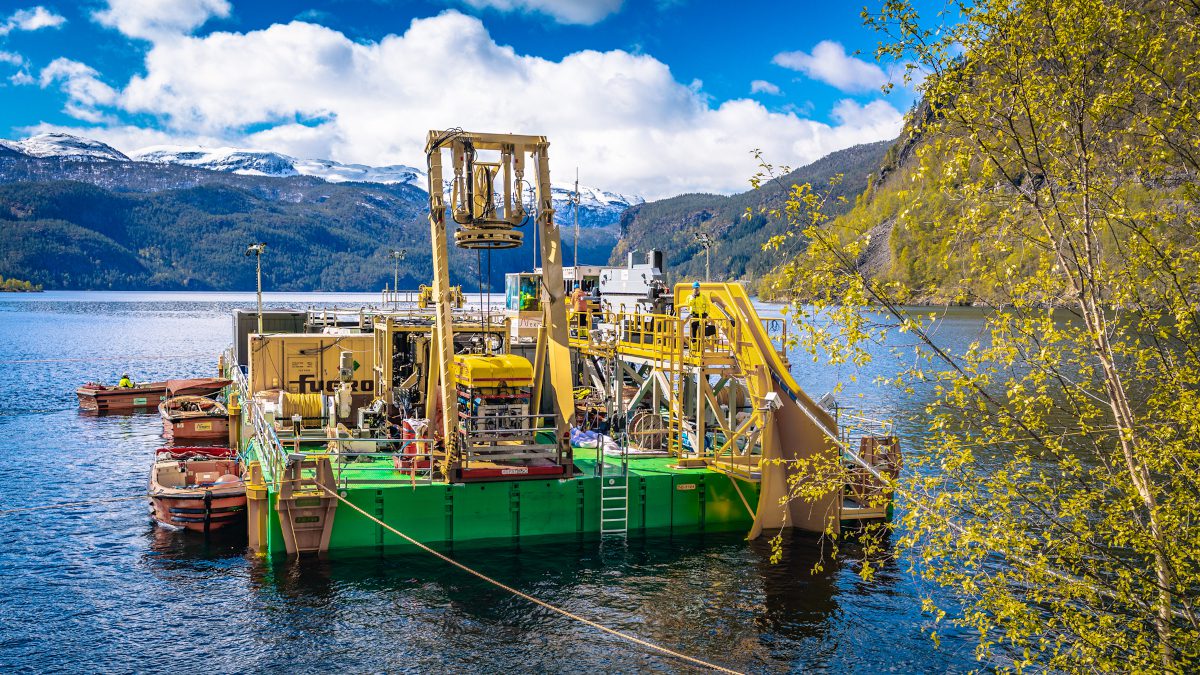
The possibility of sharing renewable energy between the UK and Norway appears to have taken a significant step forward with the commissioning of the world’s longest subsea electricity interconnector.
National Grid’s €1.6 billion North Sea Link (NSL) a joint venture with Norwegian system operator Statnett, starts commercial operation on 1 October, marking what is being described as a major milestone in the UK’s journey to net zero.
By enabling the trade of renewable energy between the two countries, says the utility, the North Sea Link will help reduce the burning of fossil fuels in the UK and avoid 23 million tonnes of carbon emissions by 2030.
The 450-mile cable, which connects Blyth in Northumberland with the Norwegian village of Kvilldal, near Stavanger, will start with a maximum capacity of 700 megawatts (MW) and gradually increase to the link’s full capacity of 1400MW over a three-month period. The gradual increase in capacity follows the Norwegian system operator’s standard approach for integrating new interconnectors. Once at full capacity, NSL will provide enough clean electricity to power 1.4 million homes.
North Sea Link will be the fifth interconnector for the UK electrical utility, which also operates links to Belgium, France and the Netherlands. By 2030, 90% of electricity imported via National Grid’s interconnectors will be from zero carbon sources saving 100 million tonnes of carbon – equivalent to taking two million cars off the road.
NSL has taken six years to build. Laying of the undersea cables began in 2018 and more than four million working hours have been spent on the project, including 5,880 working days at sea.
Norwegian power generation is sourced from hydropower plants connected to large reservoirs, which can respond faster to fluctuations in demand compared to other major generation technologies. However, as the water level in reservoirs is subject to weather conditions, production varies throughout seasons and years.
When wind generation is high and electricity demand low in Britain, NSL will enable renewable power to be exported from the UK, conserving water in Norway’s reservoirs. When demand is high in Britain and there is low wind generation, hydro power can be imported from Norway, helping to ensure secure, affordable and sustainable electricity supplies for UK consumers.
UK Energy, Clean Growth and Climate Change Minister Greg Hands said: “The UK has a strong energy bond with Norway that goes back decades. North Sea Link is strengthening that bond and enabling both nations to benefit from the flexibility and energy security that interconnectors provide.
“As we prepare to host the UN COP26 summit, this pioneering partnership shows first-hand how crucial international cooperation will be in helping us to deliver on our net zero ambitions and provide clean renewable energy to millions of UK homes.”
Cordi O’Hara, President of National Grid Ventures, said: “This is an exciting day for National Grid and an important step as we look to diversify and decarbonise the UK’s electricity supply. North Sea Link is a truly remarkable feat of engineering. We had to go through mountains, fjords and across the North Sea to make this happen. But as we look forward to COP26, North Sea Link is also a great example of two countries working together to maximise their renewable energy resources for mutual benefit. We are delighted to have been able to work together with our Norwegian partners Statnett to deliver a world record asset that will make a positive impact on the lives of citizens on both sides of the North Sea.”
Hilde Tonne, CEO of Statnett, said: “The sharing of renewable energy between countries and regions is a prerequisite for delivering a net zero future for everyone. As North Sea Link goes into trial operations, I am proud of the engineering feat produced by our joint team. North Sea Link brings the power systems on both sides of the North Sea closer to the future.”







